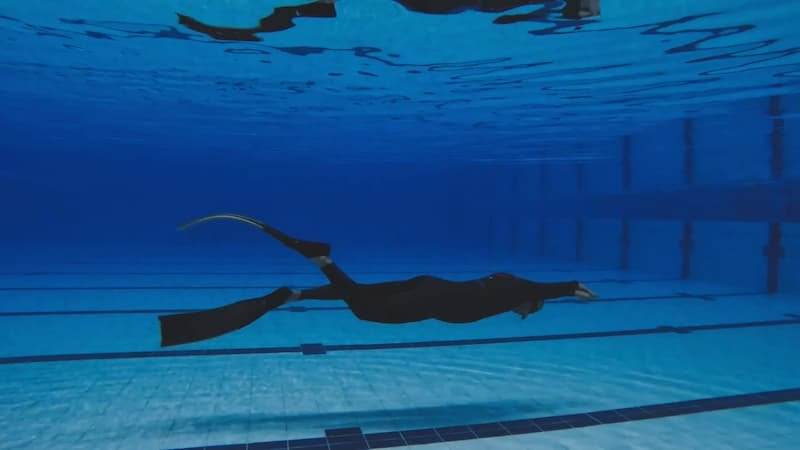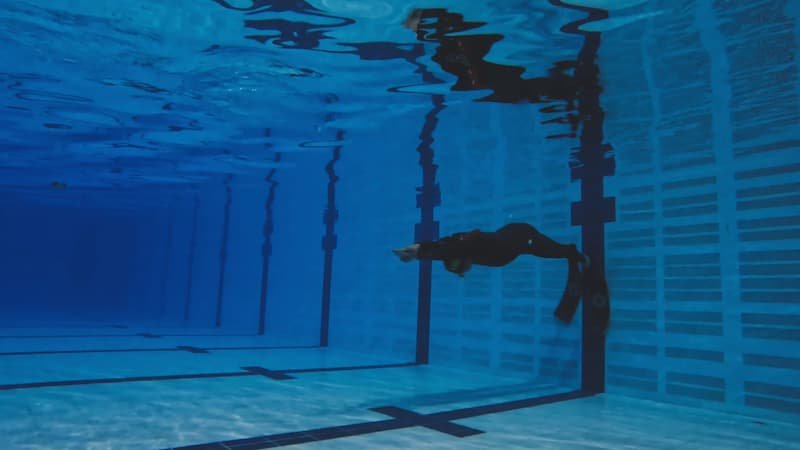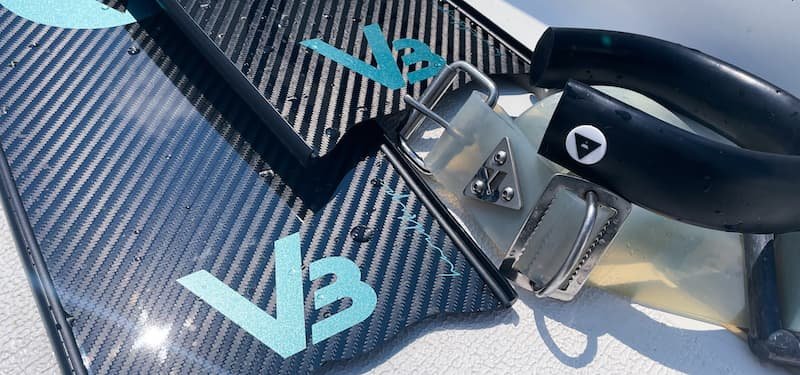
 Nick Pelios
Freediver, Creator
Nick Pelios
Freediver, Creator

 Nick Pelios
Freediver, Creator
Nick Pelios
Freediver, Creator
In a recent online update, renowned deep freediver and instructor, Linda Paganelli, shared insights and practical tips on achieving the perfect bifin turn during dynamic freediving. Responding to queries sparked by a video showcasing a slow-motion DNF dynamic turn, Paganelli decided to shed light on different turn styles and their efficacy, particularly when using bifins.
The instructional video, available in both slow motion and real speed, features Paganelli executing the bifin turn with finesse. Notably, she emphasizes the efficiency of this technique, countering the misconception that it is challenging and ineffective when compared to turns executed with conventional fins. In a serendipitous moment captured on video, another swimmer can be seen coincidentally performing the same bifin turn, albeit with slightly less grace. Paganelli reflects on alternative turn styles, including what she terms the "beginner turn" commonly adopted by pool freedivers, even world record holders. Despite its popularity, she expresses a personal dislike for this turn, favoring the bifin technique.

Drawing from her extensive experience, Paganelli revisits a previously started "book" on freediving, focusing on dynamic bifin turns. She generously shares a brief chapter from the unpublished work, emphasizing the importance of mastering turns, especially in shorter pools where more turns are required.

Paganelli elaborates on the two primary bifin turn styles - with and without kicking off the wall. Acknowledging the challenge of describing these techniques verbally, she encourages aspiring freedivers to watch videos showcasing the variations and attempt to replicate them in the pool. Emphasizing the role of arms in ensuring efficiency and stability during turns, Paganelli suggests paying close attention to arm movements.
Furthermore, Paganelli underscores the need to consider pool features such as depth and wall coating material when selecting the appropriate turn style. Shallow pools, for instance, may necessitate a more level turn. Paganelli shares her personal experience with rubberized walls creating an annoying suction effect, impacting her long-distance training with long fins. She offers a workaround, advocating for less blade-dependent wall pushes.

To complement her guidance, Paganelli provides a tutorial video outlining a four-step process for learning and practicing the bifin turn style. The steps, ranging from surface half turns to underwater execution with neck weights, aim to assist freedivers in perfecting this technique and minimizing energy expenditure.
As dynamic freediving enthusiasts explore Paganelli's tutorial, her practical insights and hands-on approach promise to elevate the proficiency of bifin turns within the community.
Note: This blog post is based on the insights shared by freediver and instructor Linda Paganelli. Credit goes to her for the original thoughts and perspectives presented in this piece.